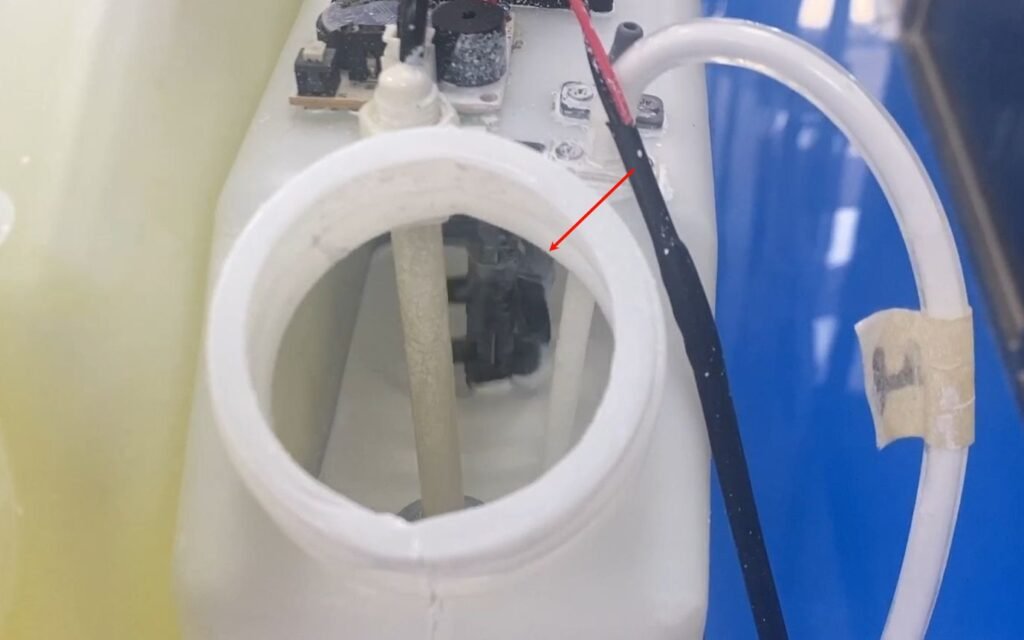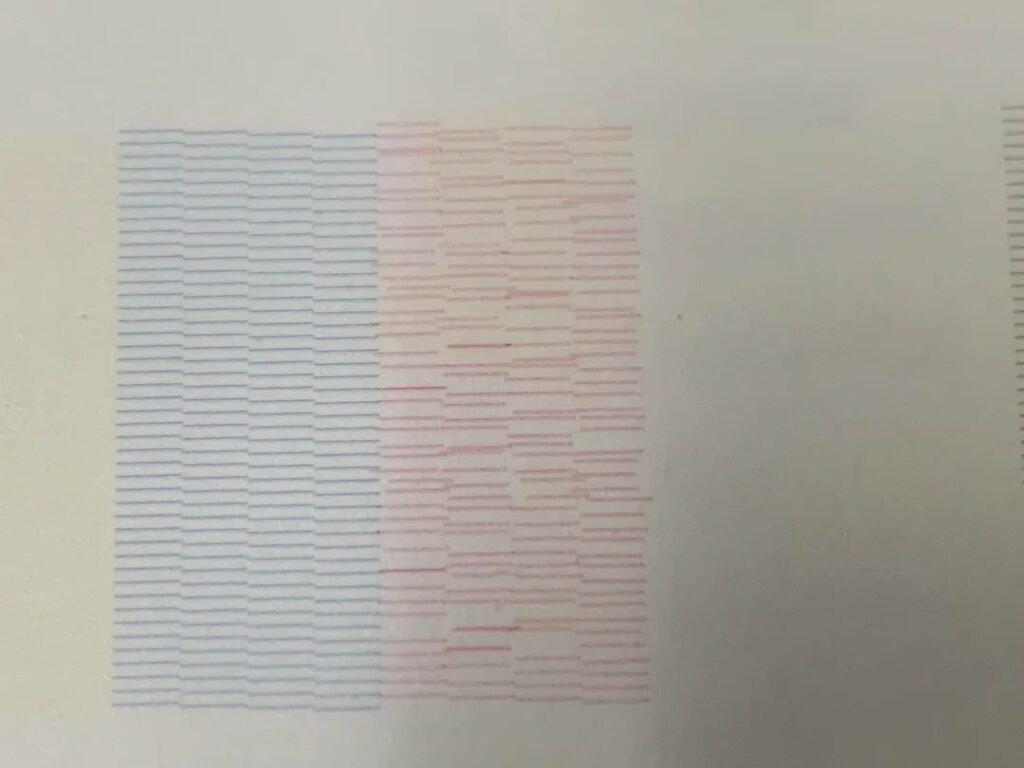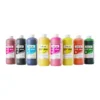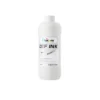Normally in DTF printing, white ink is used a lot. This is because it is used as a base color to enhance the brightness of other colors. A beautiful design without white ink to set it off will easily look dull.
This article is going to discuss why DTF printers can’t print white ink. I hope it can help you.
The Basics of Printing White Ink in DTF
Before we get into troubleshooting, it’s important for you to understand: white ink isn’t just another color. It is denser, heavier, and more likely to settle. Cyan, magenta, yellow and black inks can be suspended in an ink tank without causing problems.
Why? Two words: titanium dioxide. This is the pigment that makes white ink so opaque and prone to clogging. Unlike other colors, white ink needs to be cycled or shaken constantly or it settles faster than dust on an unused shelf.
Nowadays, many DTF printers have a white ink stirring function on the cartridges, which makes it easier for you to work for a long time without clogging problems.

Common Reasons Your DTF Printer Isn’t Printing White Ink
White Ink Isn’t Moving: Blockages, Bubbles
Let’s start simple. If white ink isn’t showing up, it might not even be making it to the printhead.
- Air bubbles can get trapped in the ink lines or dampers—like traffic jams in a pipeline.
- Settled ink in the cartridge or tank can block the flow completely.
- Or maybe you’re low on white ink, and the machine just can’t pull enough to push through.
Fix it like this:
- Gently shake the white ink tank daily (seriously—make it part of your routine).
- If your printer has a stirring system, make sure it’s working.
- Use a syringe to pull ink through the lines and clear out any air gaps.
- Check for kinked hoses or loose cartridges—yes, even the obvious stuff.

Printing White Ink Requires the Right Software Settings
Here’s the thing: even if your hardware’s flawless, you won’t see any white ink if your RIP software isn’t set up right. Printing white ink isn’t automatic—it’s a layer, usually called a “spot white” or “underbase,” and you’ve got your software to include it.
Quick checklist:
- Did you enable white underbase in the RIP settings?
- Did your design file include the white layer?
- Are you using the correct print profile for white ink output?
If you skipped any of that… yep, your printer just skipped the white ink too.
Your Printhead Might Be Crying for Help (Or Cleaning)
Let’s be real: DTF white ink clogs printheads like nothing else. If you’ve skipped maintenance, or worse, let the printer sit unused for a while, chances are high your white ink nozzle is blocked.
Tell-tale signs:
- Missing parts of the image
- White layer looks patchy or broken
- Nozzle test prints show gaps in the white channel
Fix it:
- Run an auto head cleaning (and then check again).
- If no improvement, manually clean the printhead with proper cleaning fluid (not alcohol—white ink and alcohol don’t mix).
- For stubborn clogs, use the soaking method overnight or try reverse flushing with a syringe.
White Ink Settings Are Off—Literally
Even if it prints, your white layer may look faint, uneven, or blotchy if you’ve got the wrong ink density or drop size configured.
Tweak these in your RIP:
- Increase white ink density slightly and test.
- Adjust droplet size for better coverage.
- Try printing in a higher resolution pass—sometimes slow and steady really does win the race.
Worn or Dirty Consumables
When’s the last time you checked your wiper blade, capping station, or ink pad?
- A dirty wiper blade can smear ink across your head instead of cleaning it.
- A dry or misaligned capping station can fail to seal properly, causing air to get in.
- A full or clogged ink pad can prevent waste ink from draining, which messes with head pressure.
If your white ink’s ghosting or disappearing mid-print, it might not be the ink’s fault—it could be these quiet little parts wearing out behind the scenes.

Final Thoughts
White ink makes up a high percentage of the overall DTF printing, and you need to have some understanding of the practical applications of this ink. That way you can do good printing.
Currently, many printer manufacturers pay attention to the functional operation of white ink, and a lot of after-sales problems show the increase in maintenance costs of white ink.
Therefore knowing more about white ink is beneficial to you for long term printing.








